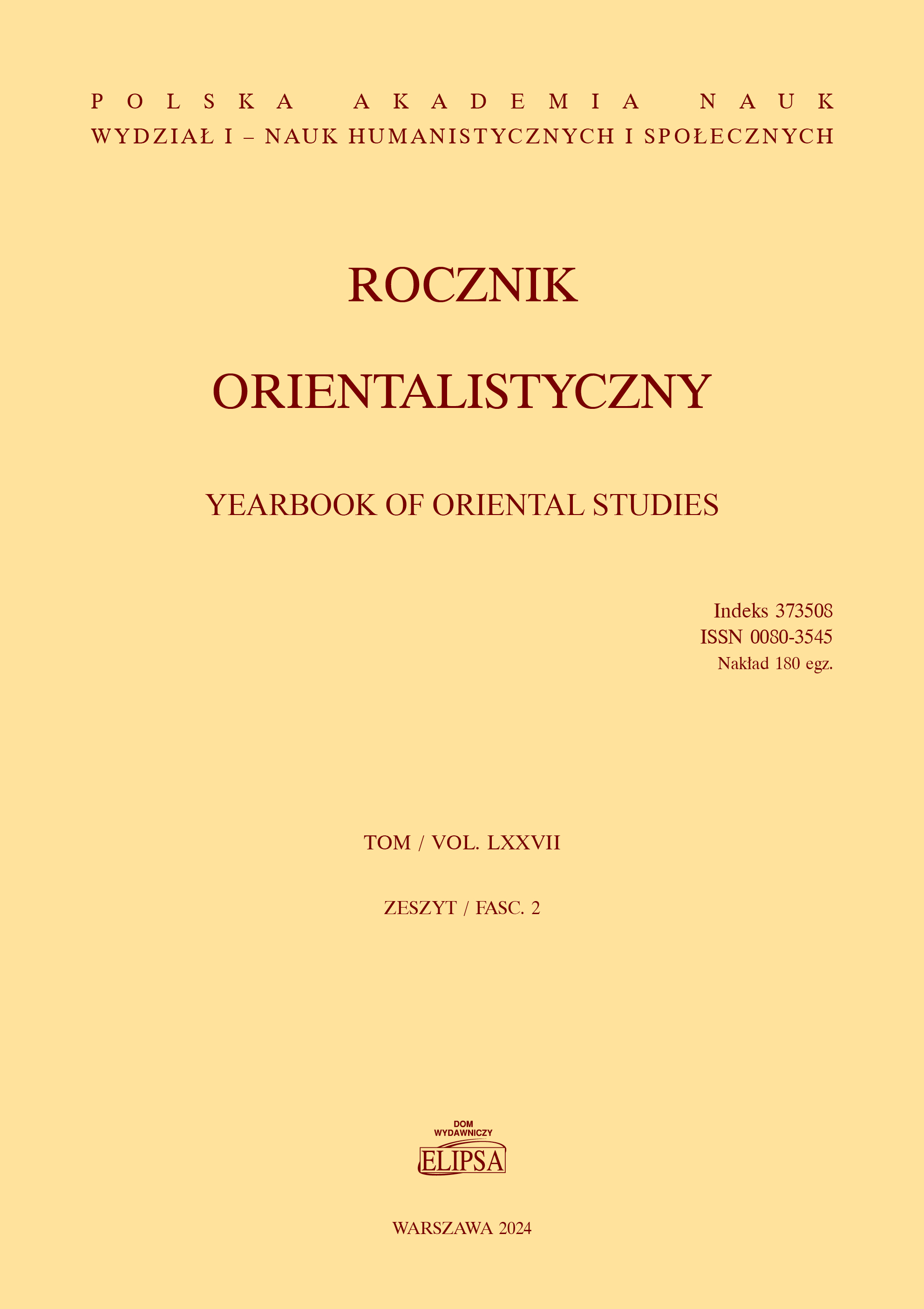Crowning Nasser through stories of kings: the films Wā Islāmāh and An-Nāṣir Salāḥ ad-Dīn
Crowning Nasser through stories of kings: the films Wā Islāmāh and An-Nāṣir Salāḥ ad-Dīn
Author(s): Andrea Maria NegriSubject(s): Politics / Political Sciences, Film / Cinema / Cinematography
Published by: Wydział I Nauk Humanistycznych i Społecznych Polskiej Akademii Nauk
Keywords: Nasser; Wā Islāmāh; An-Nāṣir Ṣalāḥ ad-Dīn; Egyptian cinema; Bā Kaṯīr
Summary/Abstract: This article explores how historical fiction in cinema has been used to disseminate and entrench the myth and aura of Jamāl ʿAbd an-Nāṣir (1918-1970) among Egyptians and the Arab world. I focus on the traits of kings in two films: Wā Islāmāh (1961, Oh Islam) and An-Nāṣir Ṣalāḥ ad-Dīn (1963, The Victorious Saladin). These films project struggles for independence of the time into the past, thus arguably emphasizing the role of the Free Officers’ Revolution in rescuing Egypt from the corrupt and dystopian world of colonization. This portrayal also highlights internal enemies – leaders who legitimized this colonial universe. Within the ethos of the revolution, the relationship between the king, symbolizing the president, and the Egyptian people is depicted through a cinematic portrayal of a personified relationship, embodying the figure of a benevolent father determined to guide the family, i.e., the nation. These films functioned as metaphors for the Egyptian leader, disseminating ideas about the nation, the revolution, and the new socialist relationship between the state and its citizens. In the first film, adapted from Bā Kaṯīr’s novel, this aspect is particularly pronounced, as the adaptation injects leadership ideals into the story, emphasizing specific traits while erasing others.
Journal: Rocznik Orientalistyczny
- Issue Year: 77/2024
- Issue No: 2
- Page Range: 5-18
- Page Count: 14
- Language: English

